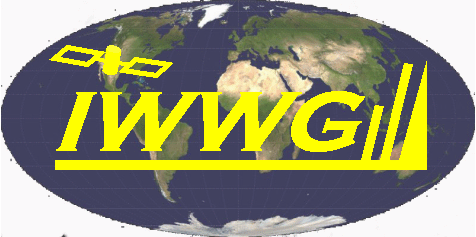Assimilation of the GOES-16/17 Atmospheric Motion Vectors in the Hurricane Weather Forecasting (HWRF) Model
Atmospheric Motion Vector (AMV) data are an important observation type for both global and regional data assimilation systems. The AMVs are derived from observations made by the new Advanced Baseline Imager (ABI) onboard the Geostationary Operational Environmental Satellite GOES-16 on GOES-17 satellites. The former became operational as GOES-East on 2 January 2018 and the latter became GOES-West on 12 February 2019. The ABI is a state-of-the-art 16-band radiometer with spectral bands covering the visible, near-infrared and infrared portions of the electro-magnetic spectrum (Schmit et al, 2017), with four times the spatial resolution and five times faster coverage compared to instruments on earlier GOES. The utilization of the full resolution data (e.g. spatial, temporal and spectral) enables the generation of wind products with increase counts and significantly improves geographic coverage that should substantially increase the volume of information that will be available to the user community (Daniels et al, 2016). The AMVs are derived using the operational GOES-R nested tracking algorithm (Bresky et al, 2012; Daniels and Bresky, 2010).
The quality control procedures and assimilation techniques in HWRF are reviewed and revised to efficiently use these new AMVs. The impact of assimilating GOES-16/17 AMVs on forecasts of track and intensity for tropical cyclones in the 2018-2020 hurricane seasons will be presented and discussed. The operational HWRF track and intensity forecasts will serve as the baseline for comparisons.






